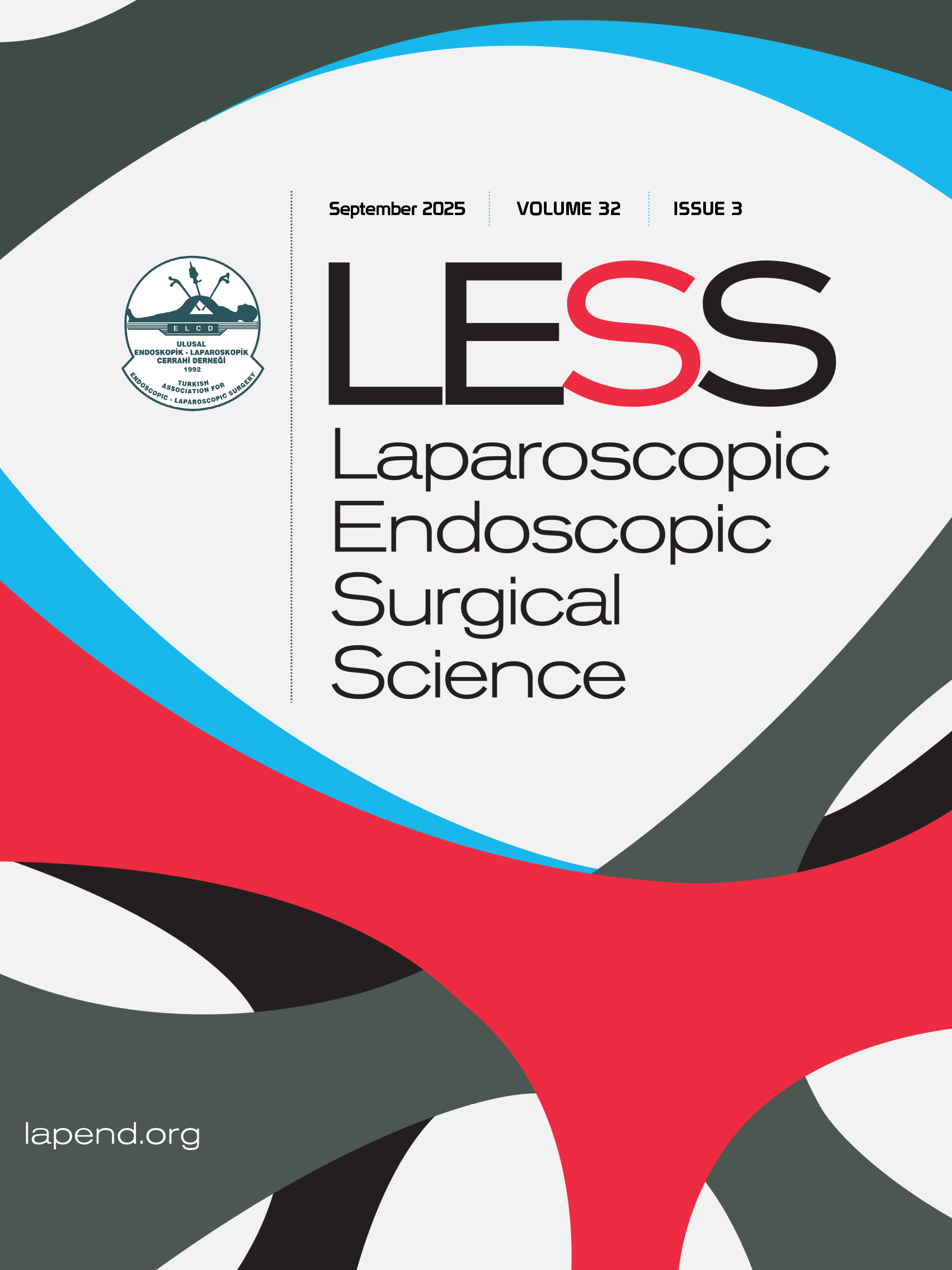Management and outcomes of patients who developed tracheoesophageal fistula in the cardiovascular surgery intensive care unit
Halide Oğuş, A. Ece AltınayDepartment of Anesthesiology and Reanimation, Koşuyolu High Specialization Training and Research Hospital, Istanbul, TürkiyeINTRODUCTION: Tracheoesophageal fistula (TEF) is a rare but serious complication, particularly in critically ill patients undergoing prolonged mechanical ventilation or tracheostomy. Management of non-malignant TEFs in intensive care settings is particularly challenging. This retrospective descriptive case series was designed to evaluate the characteristics, management strategies, treatment methods and clinical outcomes of patients with acquired TEF in a cardiovascular surgery intensive care unit, with Ethics Committee approval.
METHODS: All patients who were followed for more than 24 hours in the cardiovascular surgery intensive care unit during a 6.5-year period were evaluated. Adult patients who underwent endoscopy due to suspected TEF and were confirmed to have TEF were included in the study. The following parameters were examined: patient age, sex, type of surgery performed, use of mechanical ventilation, presence of tracheostomy and tracheostomy-related complications, length of ICU stay, use of inotropic support, presence of infections, timing of TEF development, TEF treatment methods, mortality, and outcomes.
RESULTS: Total of 23 patients underwent endoscopic evaluation due to suspected TEF. Among these, TEF was confirmed in 10 patients. Four of these patients underwent endoscopic and surgical treatment for TEF. These methods included endoscopic clipping alone (n=1), surgical repair alone (n=2), or a combination of endoscopic clipping and surgical repair (n=1). Two of these four patients died during hospitalization. One patient was discharged with complete recovery, while the other was discharged with a tracheostomy.
DISCUSSION AND CONCLUSION: Given the complexity of TEF management, both surgical and endoscopic treatment approaches should be undertaken in specialized centers with a multidisciplinary team.
Keywords: Cardiac surgery, endoscopic methods, tracheoesophageal fistula
Manuscript Language: English















